By Greg Troester
On its surface, threshold braking is a fairly simple concept. But… like everything in racing, there is nuance. Let’s start with the basic definition, then start peeling back the layers to see how and when to best use this technique.
What is threshold braking, anyway? Why should I use it?
Put simply, it is braking as hard as we can without locking up any tires (most often the rear tires lock up first) in order to slow down in as short of a distance as possible. We’re asking the tires for 100% of their grip in order to slow down as quickly as possible.
This allows us to compress the braking zone to as short of a distance as possible, which increases our average speed over the lap–we’re on the gas for as long as possible and the brakes as little as possible!
Being able to dial-in a consistent use of threshold braking in the right corners, you’ll develop a sense for what “max braking” feels like, which will teach you more about utilizing all grip available to you at any given moment, which is what makes fast racers. Furthermore, when conditions are not ideal–say, in the rain–you’ll have developed the muscle memory of brake pedal modulation, which is making fine adjustments to how hard you press the pedal in response to how much grip is or isn’t available.
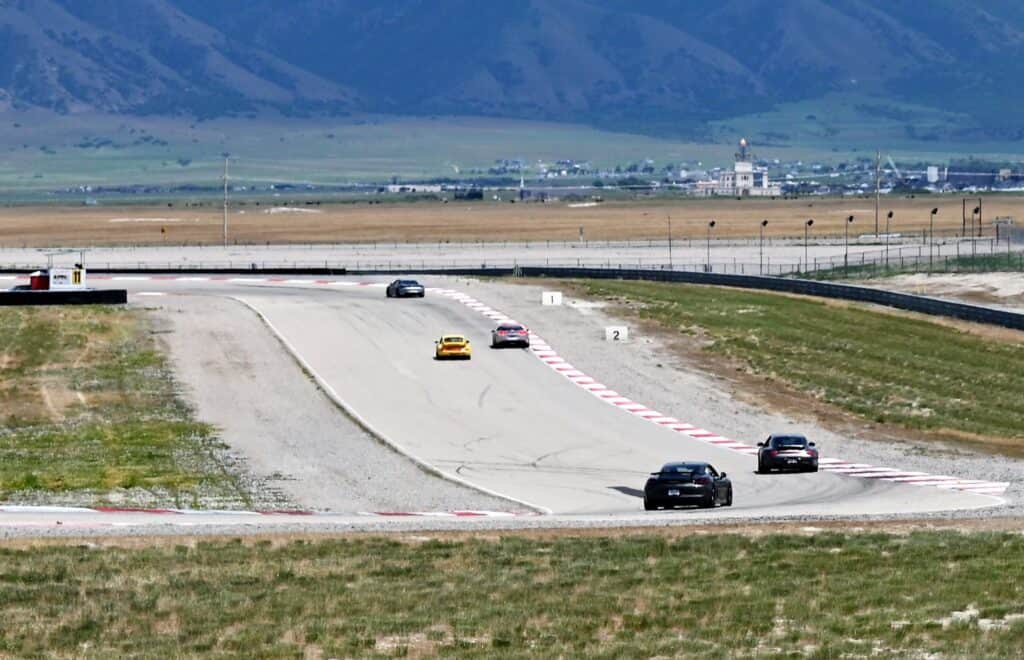
When should we use it?
Theoretically… many corners could include some threshold braking – by minimizing the amount of time we’re braking, we should be able to spend more time accelerating, right?
Practically speaking though, it is very hard to integrate maximal braking in every corner.
Without going down other rabbit-holes, it is typically a good idea to consider threshold braking when entering slower-speed corners off of fast straightways—corners with large speed differentials. The more speed you need to bleed off, the harder you will need to engage the brakes in order to be fast.
Just remember to not use the brakes like an on/off switch, as this will disrupt the car’s balance and will actually decrease the amount of grip available to you. Also, trail-braking is still going to be used most times.
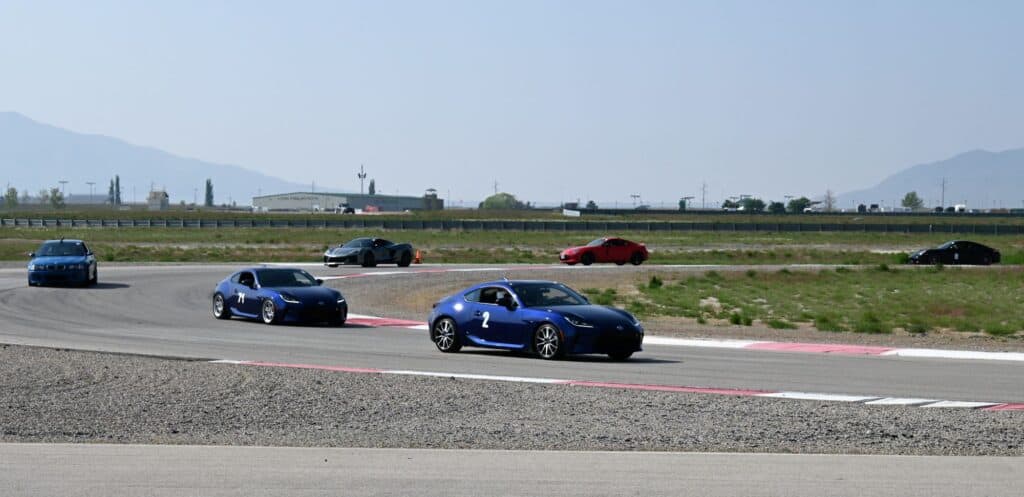
What are some good example corners to use threshold braking?
Utah Motorsports Campus: West 5 (Blackrock), West 10, East 1, and East 14 (Wind-Up)
I’ve listed these corners in order of difficulty to engage this technique (I could go either way on the East course corners, though).
Any tips on how to apply this technique successfully?
The key is to keep the wheel straight, then smoothly and rapidly engage the brakes at a conservative braking point. Ease off the pedal smoothly as well – and more gradually than you engaged it.
Over the course of a session or day, you can experiment with how hard you can press the brakes before ABS engages or locking up any tires.
You can also experiment with moving your braking point later into the corner once you get a good feel for your car’s threshold. One word of caution here, though: don’t make too big of a jump–the goal is not to brake so late and so deeply that your life flashes before your eyes!
Also keep in mind that as the day goes on and your brake pads wear, you may find that you need to adjust these points as you go faster and the day gets hotter.
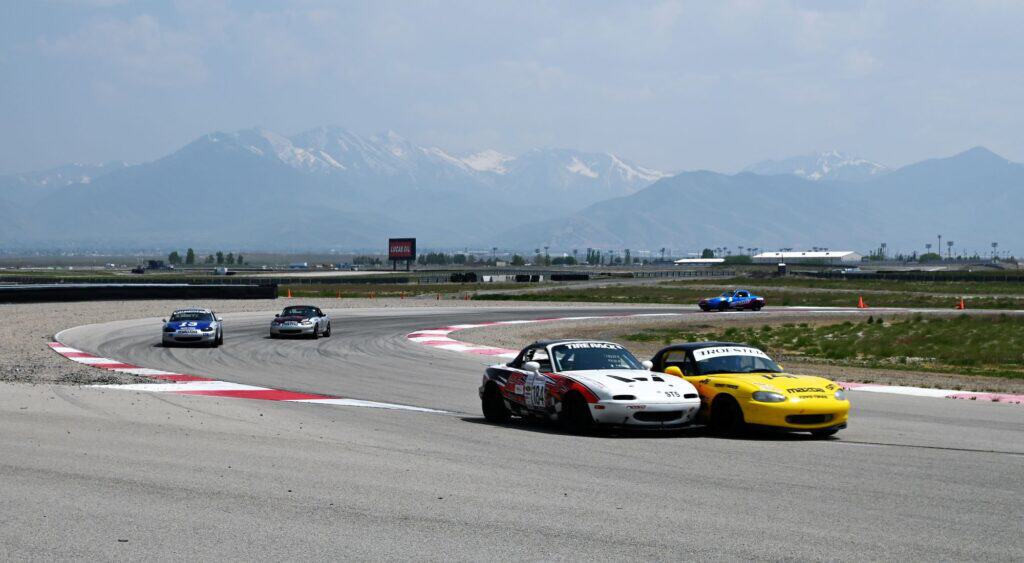
What about ABS?
Generally, unless you have motorsports-specific ABS (we’re talking big-dollar units that come on factory race cars), don’t intentionally brake so hard that ABS is always engaging.
You will slow down more slowly when ABS is involved because the ABS unit is releasing brake pressure at one or more wheels in order to correct lock-ups. By riding the line just before ABS kicks in, you’re maximizing your braking ability.
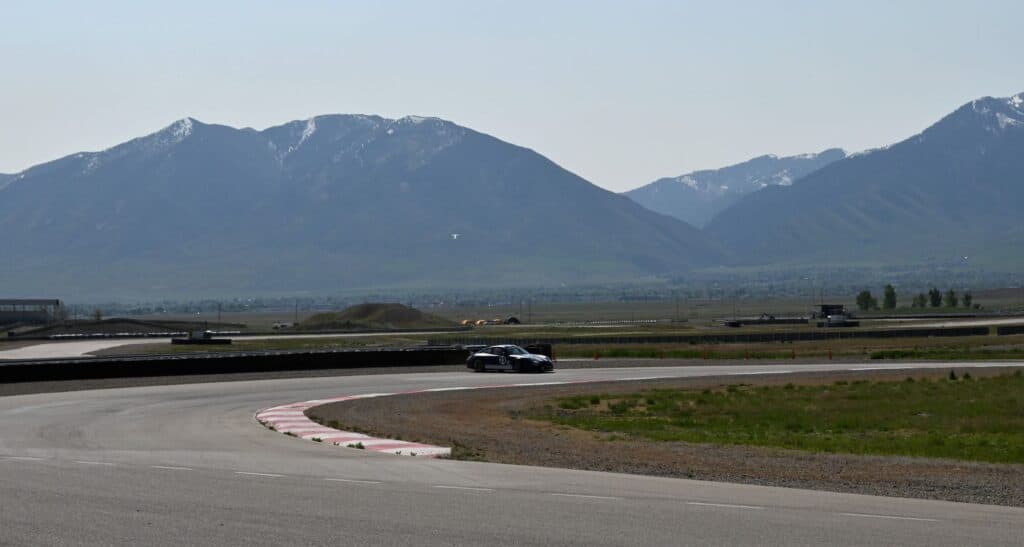
What if things go wrong? What should I NOT do?
Drive onto the runoff area or gravel trap like you meant to. This means that you make peace with the fact that you’re going off-track and you’re going to fully-focus on slowing the car down. Panicking or fighting the car only leads to a fairly benign “straight-off” moment turning into a wild spin or slide.
Whatever you do, don’t turn your steering wheel unless you’re easing off the brakes! Think about it: you’re already asking your tires for 100% or more of their grip capabilities, so turning the wheel and keeping the brake pedal to the floor is asking the tires to do even more than 100%.
I’m reminded of a time where I was instructing a client on the Outer Loop at UMC. I hadn’t driven the car before, but it was a Spec Miata (like my current one) and the out-lap had all felt normal.
We enter the T1 braking zone and I hit the brakes where I normally do – with a car that weighed 125 pounds lighter and normally doesn’t have a passenger!
We didn’t spin, but it was all I could do to keep the car straight and on the black stuff. As I peeled my right hand off the wheel to get 2nd gear and ease back up to pace, I began apologizing… only to hear laughter coming through my headphones.
He looked over and said “Now I know where not to brake!”
I moved my braking point back about half a number board from that lap forward.

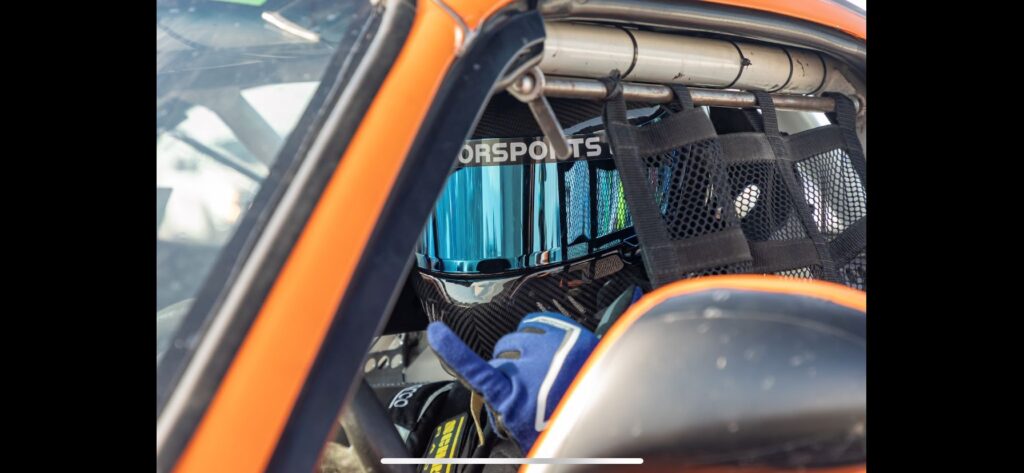
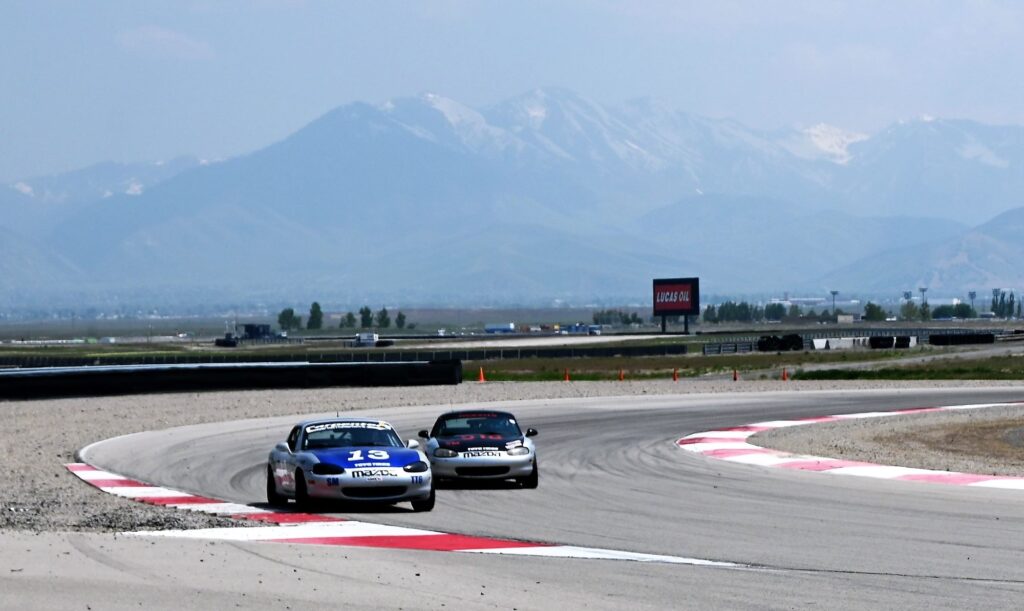
About the Author
Greg is a Utah-based Spec Miata racer, NASA Utah HPDE Group Leader, and Porsche Club of America nationally-certified driving instructor. Greg has been driving on-track since 2009 and been a licensed racer since 2014; he is his own pit crew and race engineer. Accolades include a “Best Prepared” award for a 944 Spec car Greg built, several track records in Utah and elsewhere, many podium finishes, and multiple podiums (one being a 1st Place) at the NASA Utah 6-Hour Enduro in the E3/E3S class.
Over his career, Greg has driven a wide variety of street cars and race cars ranging from an Audi 90 endurance car, multiple spec-series cars like the Miata, Porsche 944, and 350Z, as well as faster cars like Porsche GT3s, Ferraris, and Lamborghinis.
You can find Greg at every NASA Utah event, as well as online in publications like Utah Motor News and the LVRY Logbook. If you’d like to work with Greg one-on-one, you can contact him at greg@lvry.co.
©2023 G Troester

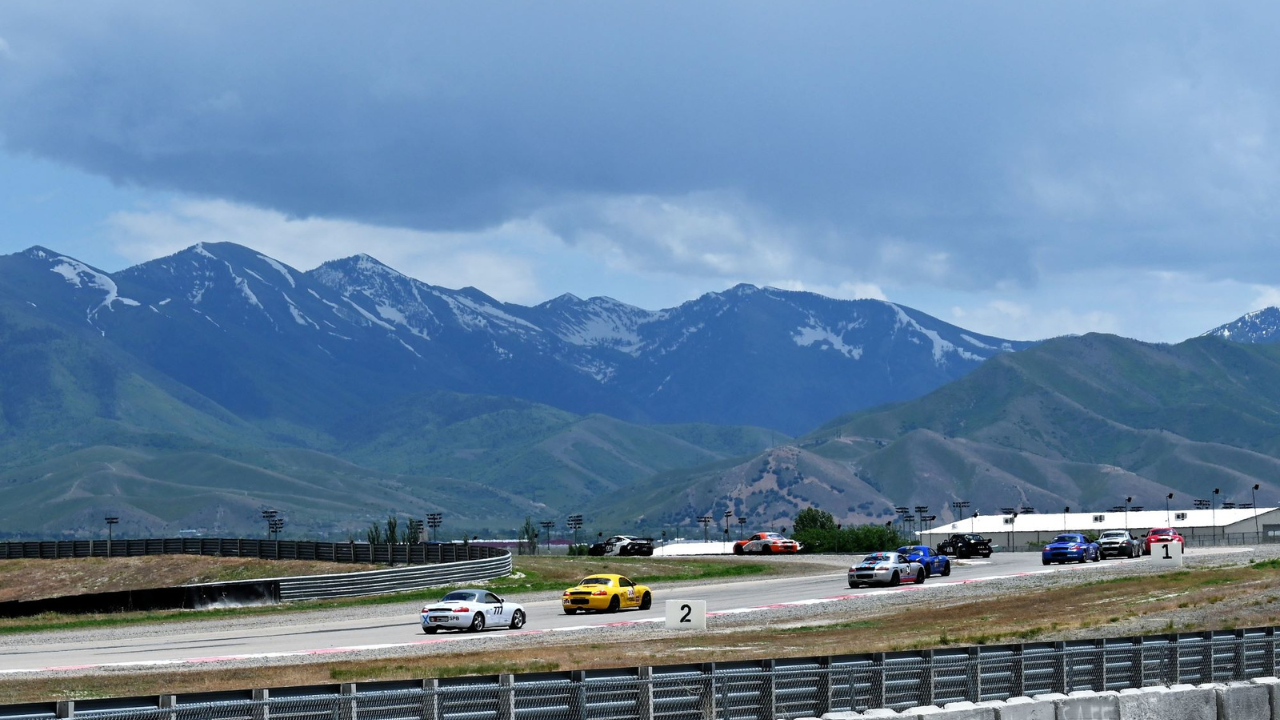
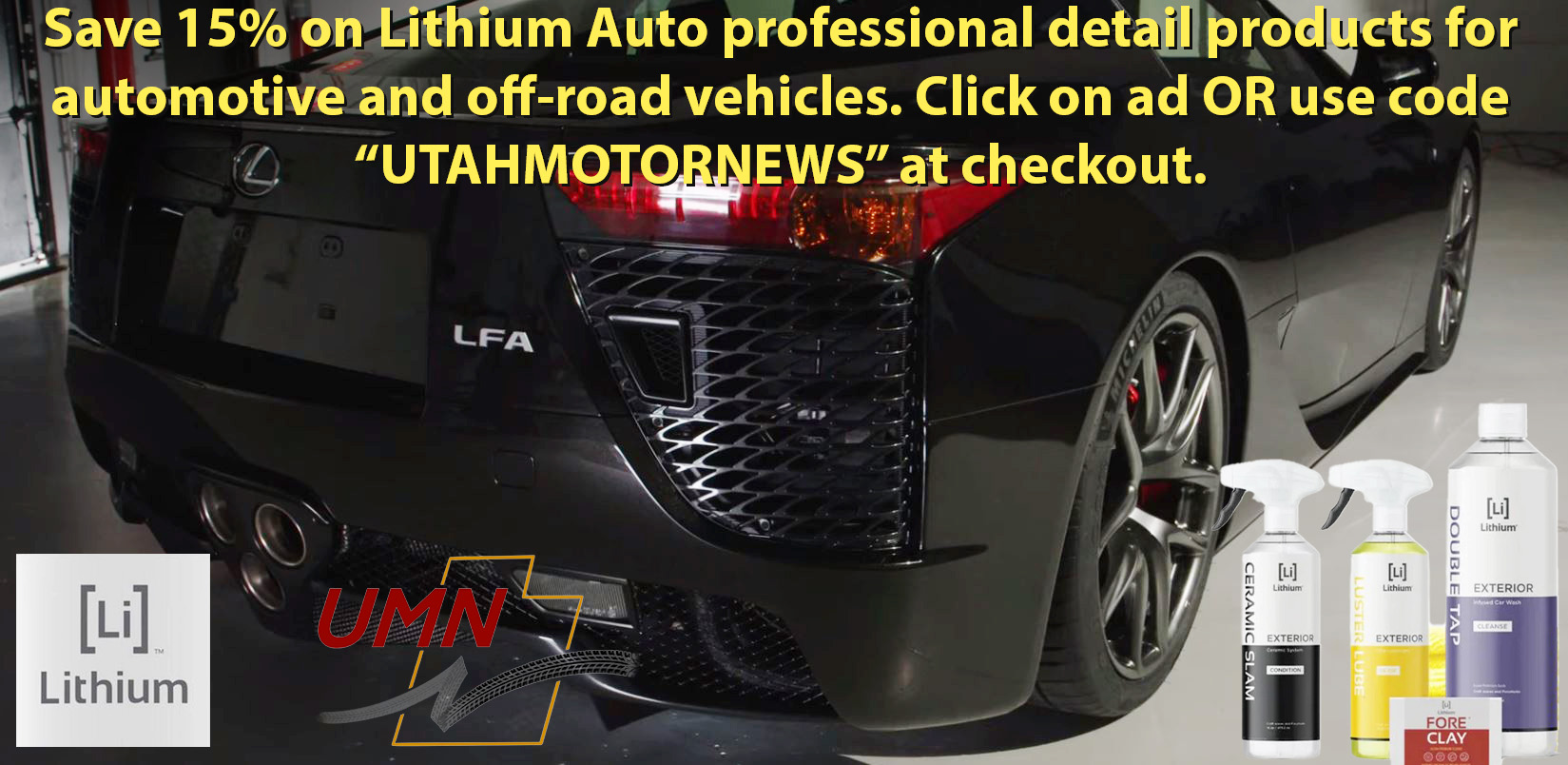


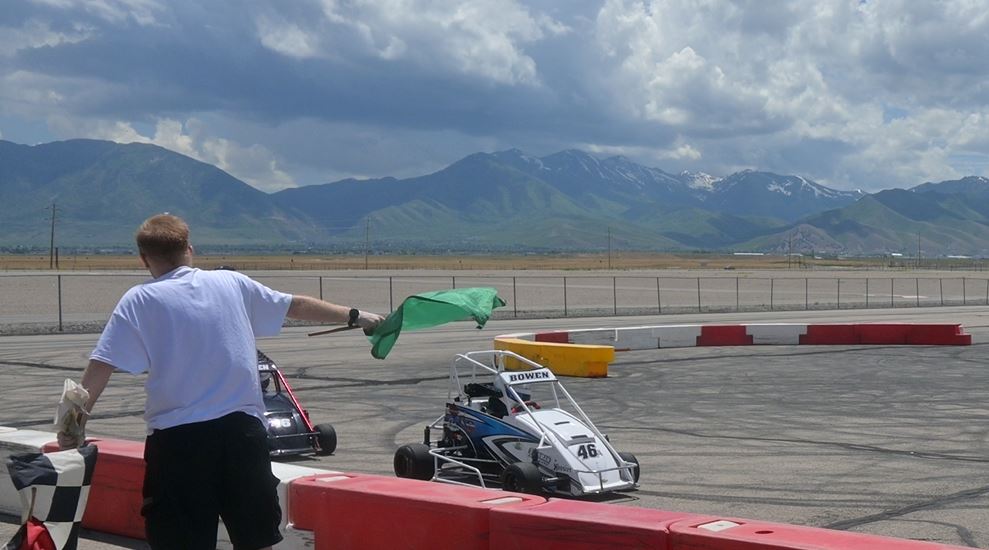
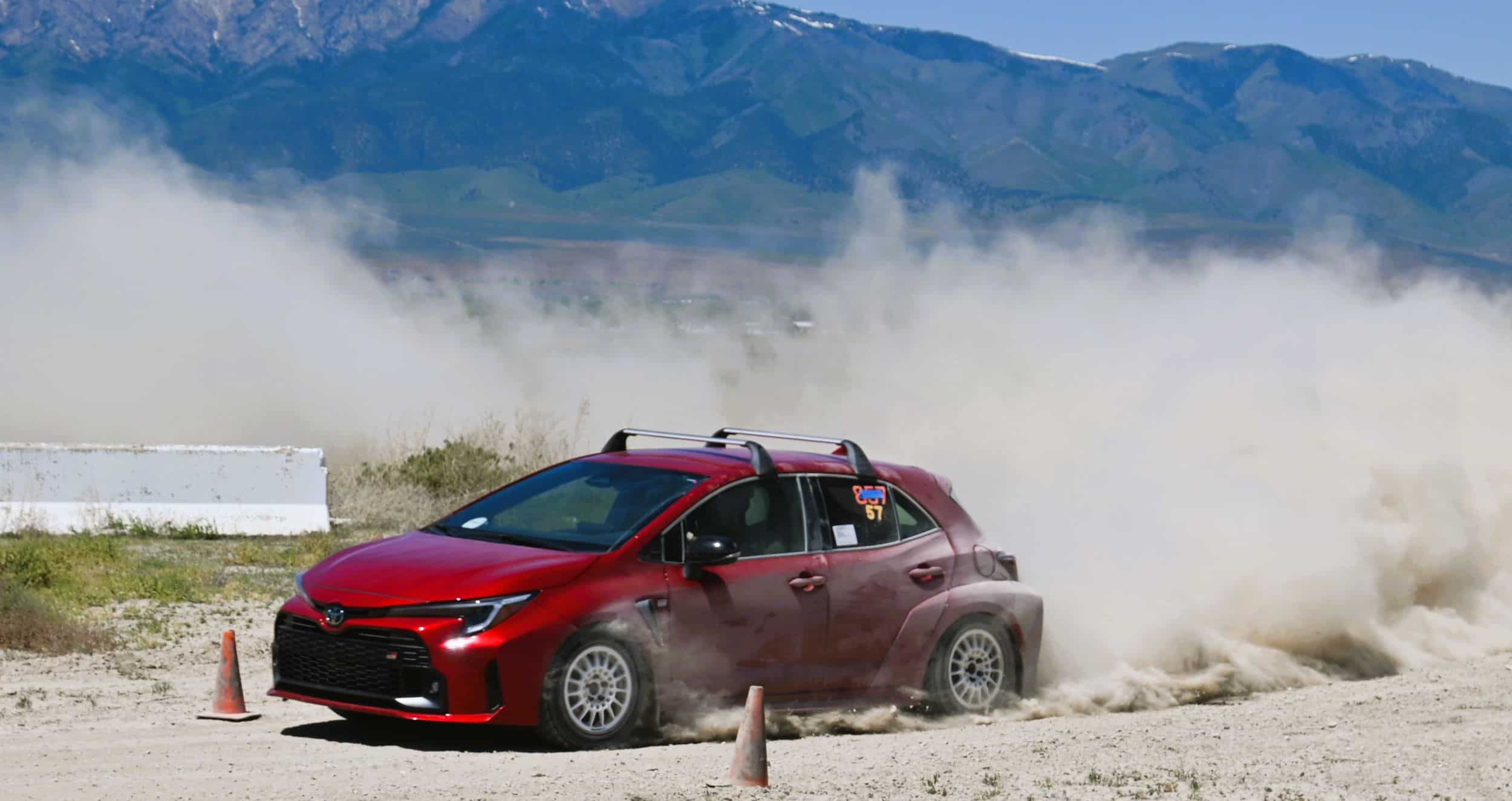

0 Comments